Today, we’re transporting you to the Mediterranean city of Barcelona.
Known for its fun-loving and vibrant atmosphere, with easy access to beaches along its coastline, Barcelona is also widely recognised as a home and source of inspiration to artists across the globe. As a visitor, you’ll find a wealth of art and architecture to feast your eyes on. In fact, it’s hard not to encounter one of the city’s many artistic treasures, which are scattered throughout its most populated areas and often accessible either for free or at a reasonable cost.
It is impossible to think of art and architecture in Barcelona without thinking of Antoni Gaudí. His creations lie at the heart of the city's architectural identity, transforming its streets and skyline with a distinctive organic style rooted in nature.
Spread throughout the city, many of Gaudí’s designs from his lifetime can still be admired today, as well as the awe-inspiring Sagrada Família, which continues to be constructed posthumously according to his original plans and is scheduled for completion in 2026.
On Passeig de Gràcia, you’ll find two of Gaudí’s most famous residential projects. Casa Batlló dazzles with its colourful mosaic façade and undulating forms, inspired by marine life and Catalan folklore. Just down the road, Casa Milà (also known as La Pedrera) stands with wrought-iron balconies and a rooftop adorned with whimsical chimneys that resemble mediaeval knights. While both houses welcome visitors inside for a fee, they are equally impressive from the outside, ideal for those looking to save a bit of time or money.
La Pedrera, in particular, hosts a year-round programme of exhibitions and is currently showing a retrospective of Sean Scully’s work, running until 6 July 2025.
The Sagrada Família is unmissable and arguably the most iconic building in all of Spain. More than a century in the making, its soaring spires and intricate façades blend Gothic and Art Nouveau elements with deep spiritual symbolism. The basilica is open to visitors for an entry fee, but it is just as impressive when viewed from the outside, with each façade revealing new details and layers of meaning.
These buildings not only showcase Gaudí’s genius but also exemplify the Catalan Modernisme movement, which flourished at the turn of the 20th century, leaving behind a rich architectural legacy across the city.
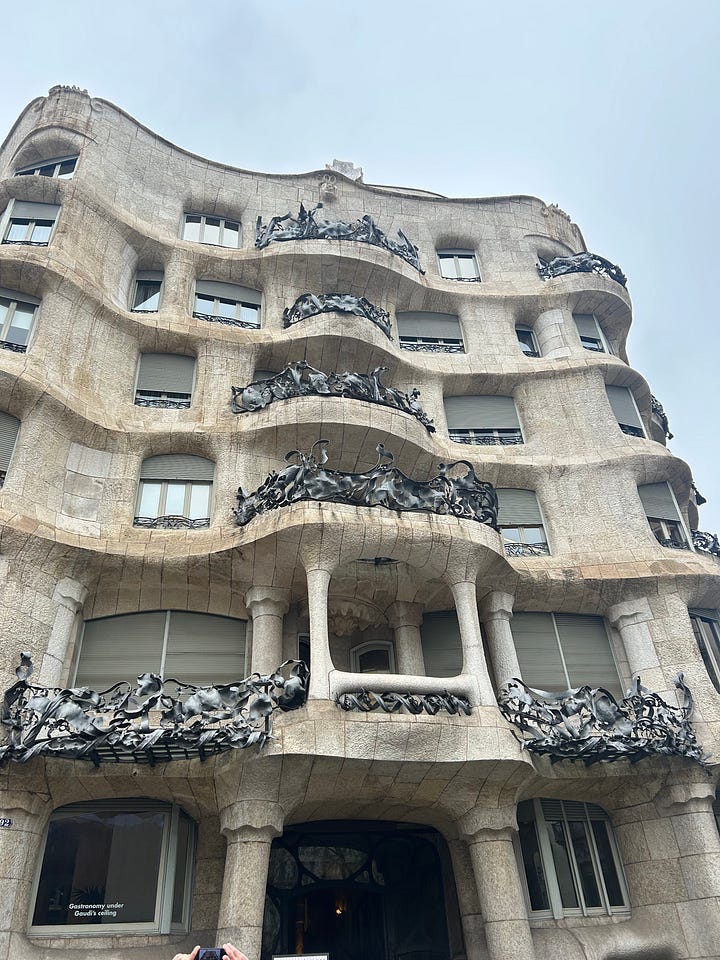
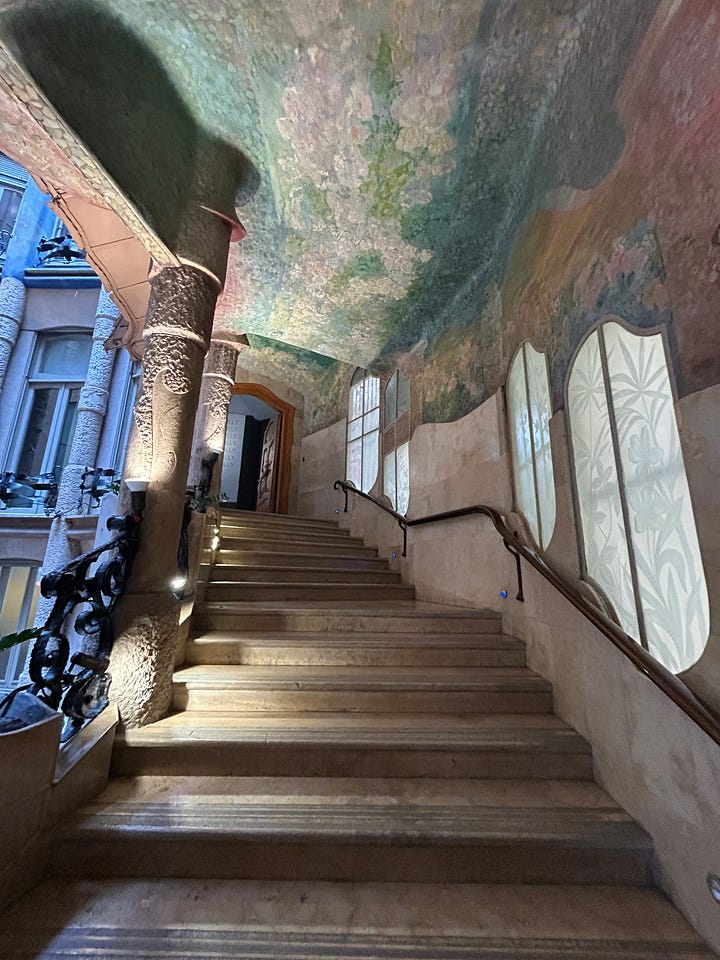
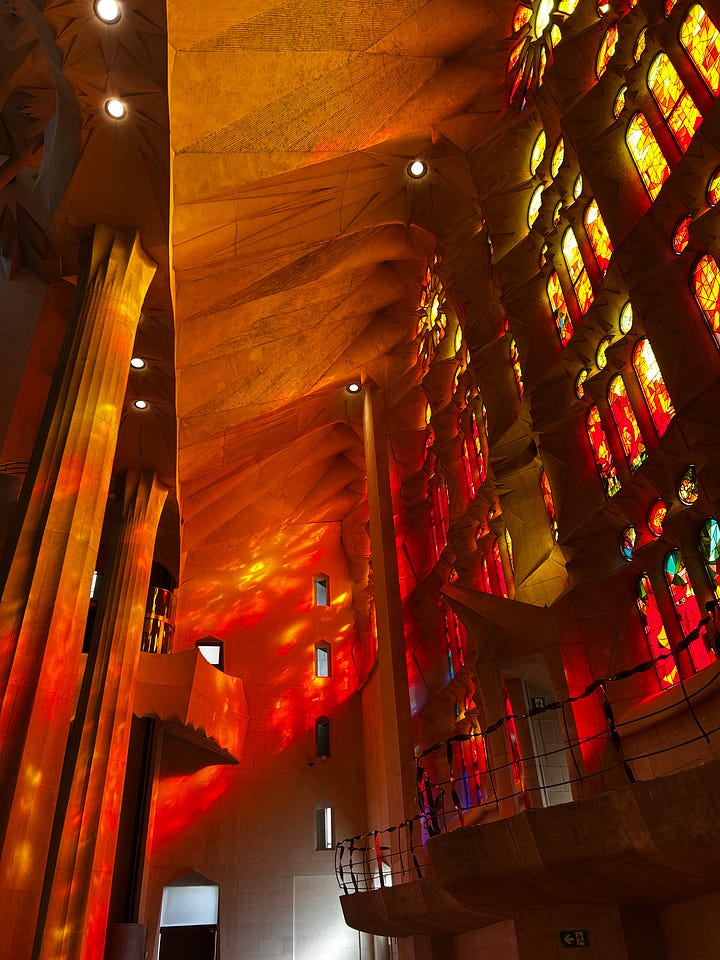
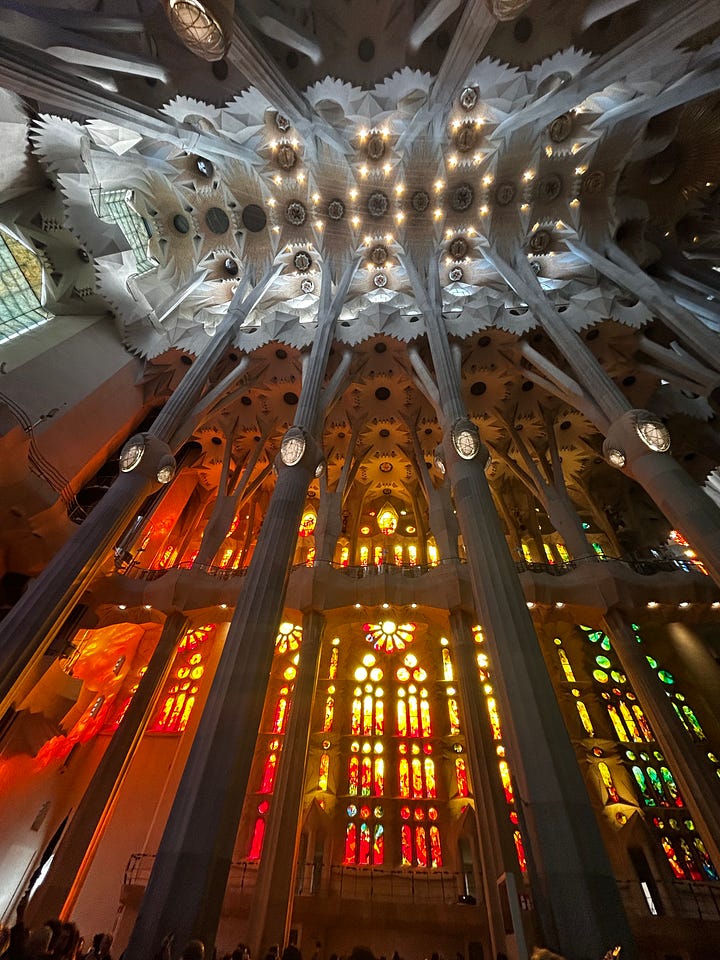
Barcelona’s impressive aesthetics also extend beyond buildings and into the realm of public sculpture. The city has embraced the integration of large-scale artworks into its urban fabric, turning streets and parks into open-air galleries.
In Parc de Joan Miró stands Joan Miró’s Dona i Ocell (1983), a towering ceramic-covered sculpture that is surreal, sensual and unmistakably Miró. One of his final public works, it captures his favoured subjects, women and birds, and symbolises both femininity and fertility.
Many more of Miró’s pieces can be found at the Fundació Joan Miró in Montjuïc. This hilltop venue houses paintings and sculptures by Miró and offers panoramic views over the city.
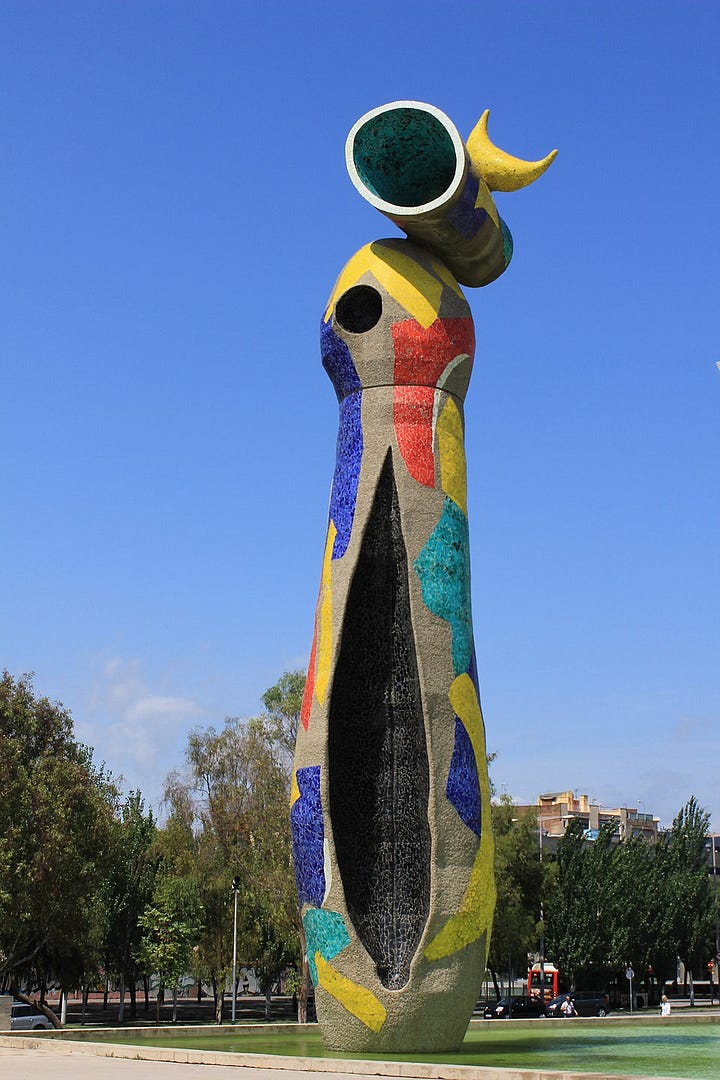
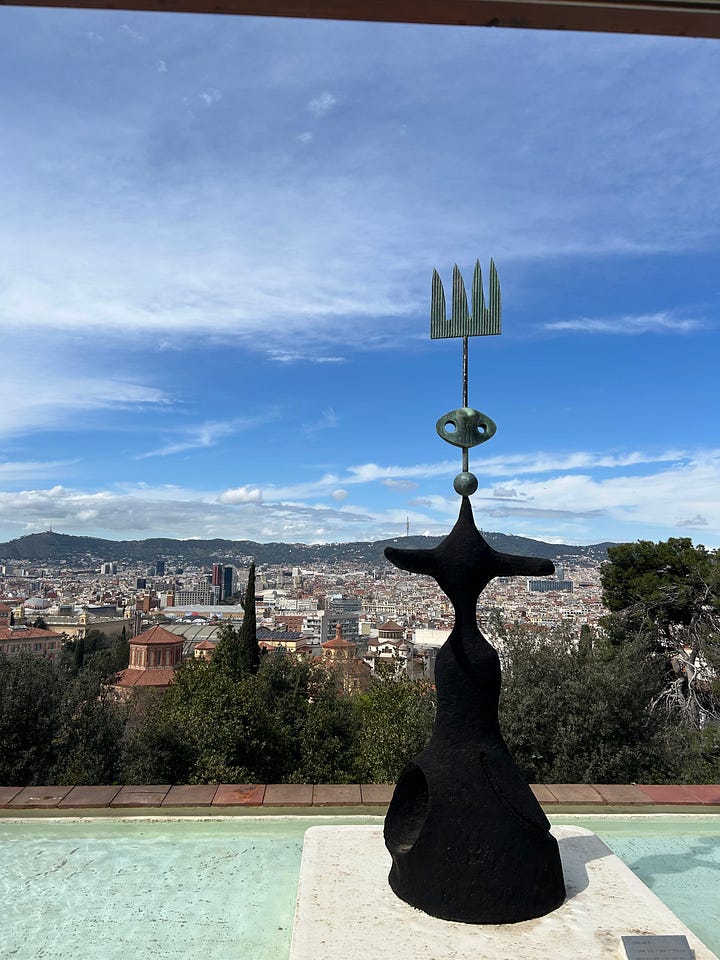
In 1981, Antoni Tàpies was commissioned by Barcelona City Council to create a monument to Pablo Picasso, commemorating the centenary of the artist’s birth. The result, Homenatge a Picasso, is a striking water feature situated near Passeig de Picasso, beneath a canopy of trees lining the street.
Like Miró, both Tàpies and Picasso have dedicated museums in Barcelona, celebrating their creative legacies and the impact their work has had on the city.
El Cap de Barcelona by Roy Lichtenstein is a pop art sculpture created for the 1992 Summer Olympics. Fashioned in Lichtenstein’s classic comic-book style, the form of the Ben-Day dot sculpture changes as it is viewed in the round and stands as a colourful welcome to the city’s port area.
Not far away, a short stroll down the beachfront, is Frank Gehry’s Peix (Fish), a monumental sculpture also erected for the Olympics. Made of stainless steel and shimmering in the sunlight, the abstract fish is a nod to Barcelona’s maritime heritage and reflects Gehry’s fascination with aquatic forms.
One of the most playful additions is Javier Mariscal’s La Gamba, a giant prawn with a cartoon-like grin, which captures the city’s sense of humour and love of design. Originally part of a seafood restaurant’s branding, the sculpture has become a beloved symbol of the waterfront. Funnily enough, ‘gamba’ is also said to be a tongue-in-cheek term used by locals to describe eager sun-worshiping tourists who get sunburnt quickly, so the sculpture is also perhaps a light-hearted warning to the beach-bound visitors passing underneath it.
Barcelona offers many other institutions well worth visiting. Alongside the Picasso, Tàpies and Miró foundations, you can explore contemporary art at the Museu d'Art Contemporani de Barcelona (MACBA). Head to the Museu Nacional d’Art de Catalunya (MNAC) for one of the world’s most important collections of Romanesque frescoes, along with Gothic, Renaissance and Modernist art, all housed in an impressive Palau Nacional building with spectacular city views.
Finally, the Palau de la Música Catalana is a must-see. Its ornate interior is breathtaking, with a honey-drop stained glass ceiling that drips light into the concert hall.
Few places fuse culture, coastline, and creativity quite like Barcelona. If you're a first-time visitor or a returning admirer, this city will alway offer something new so get ready to enjoy!
What’s your favourite city for arts and culture? Let us know in the comments!

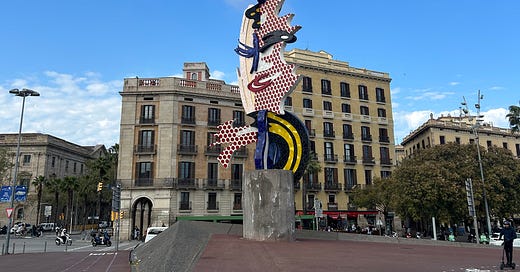


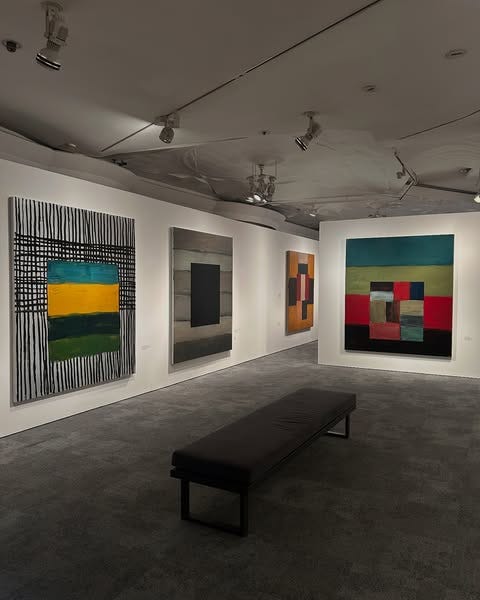
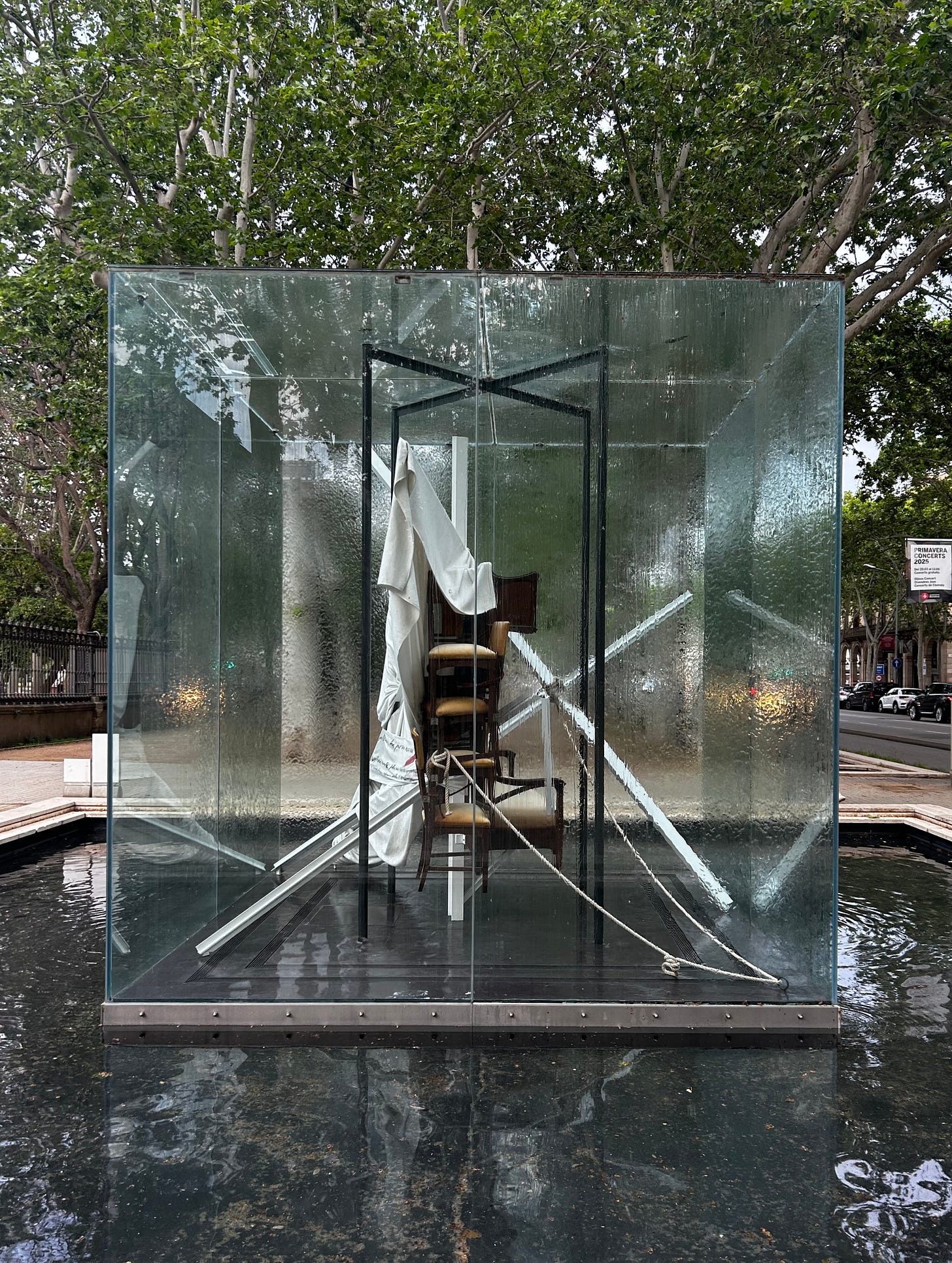

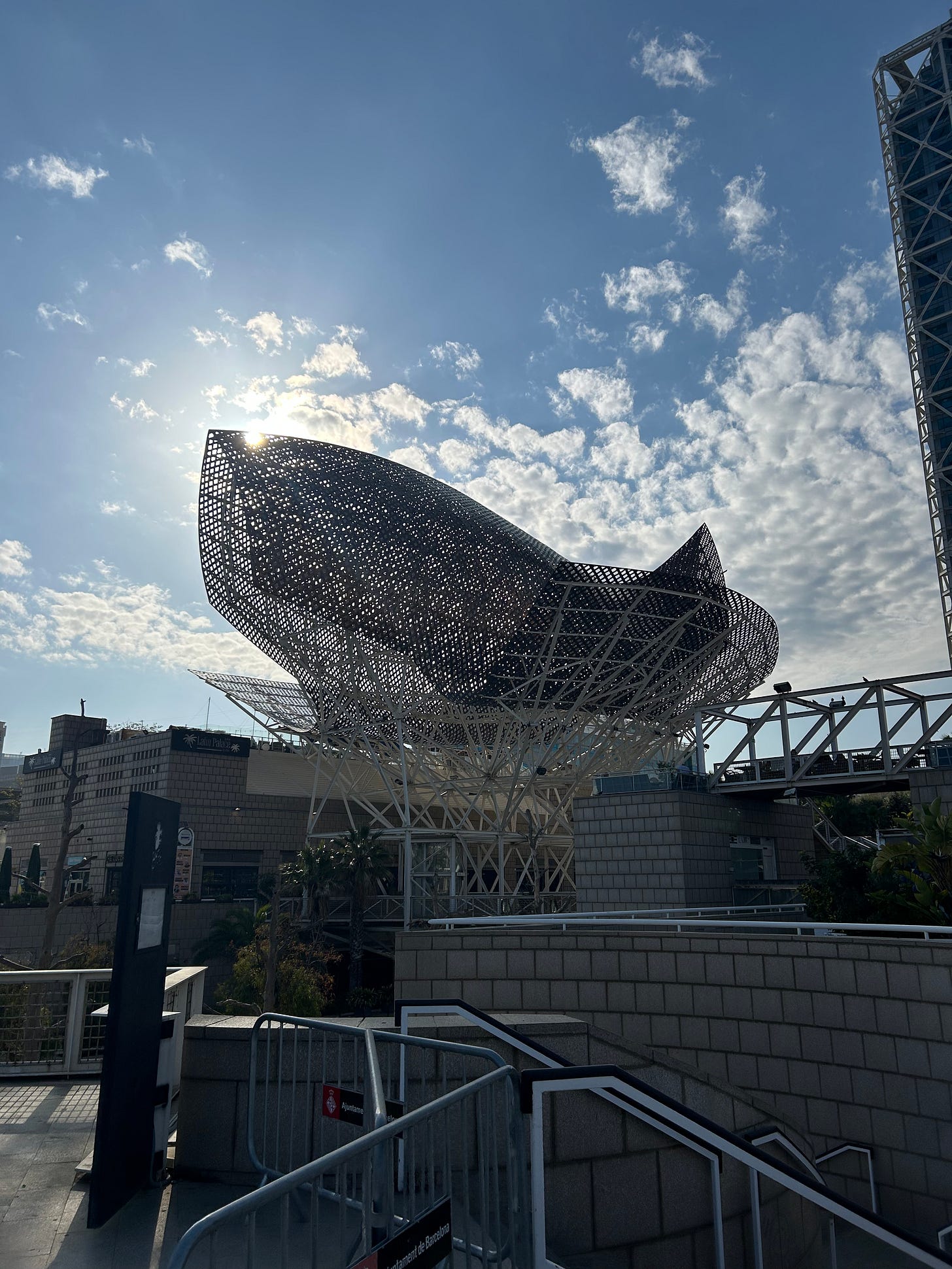
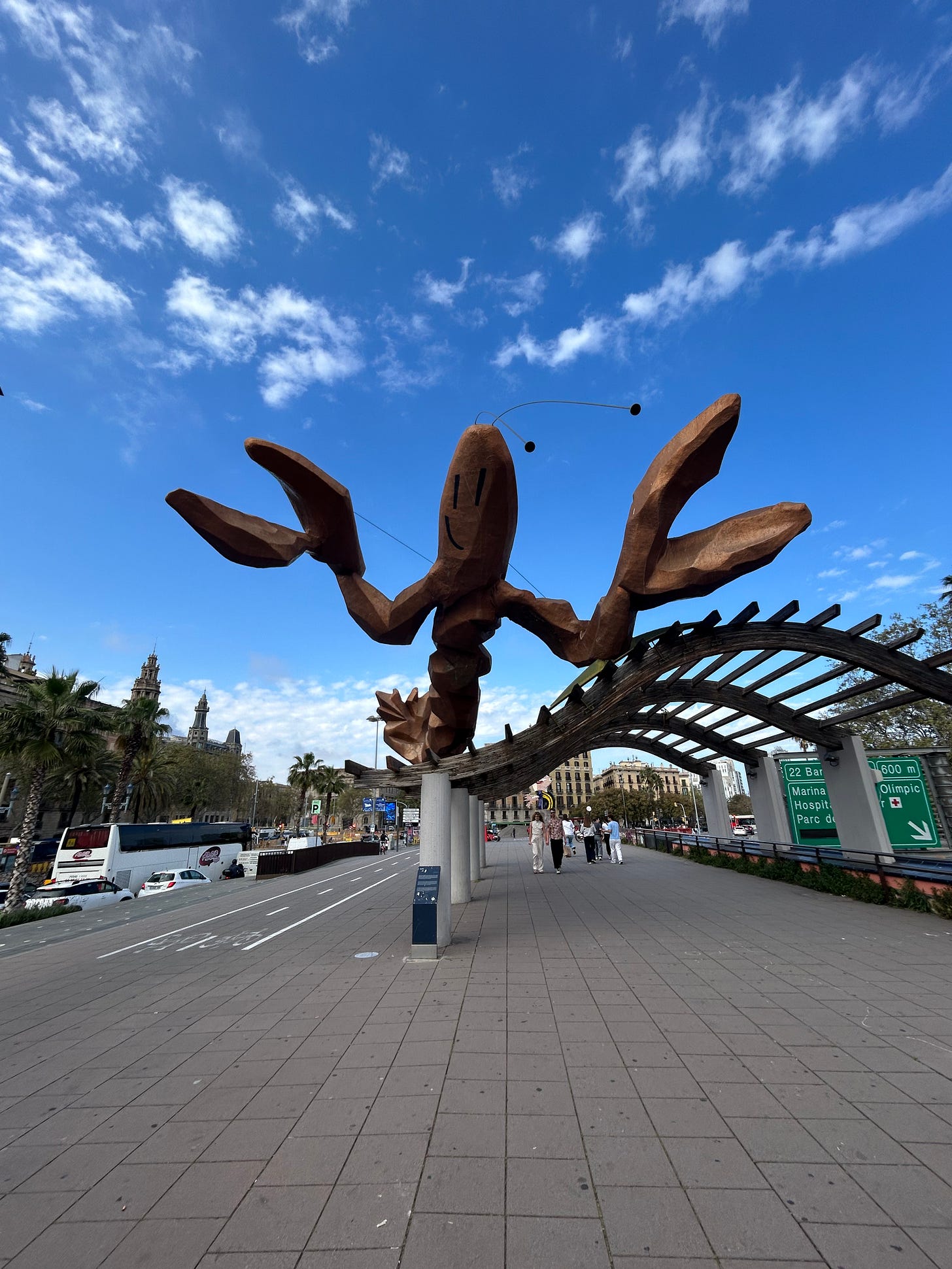
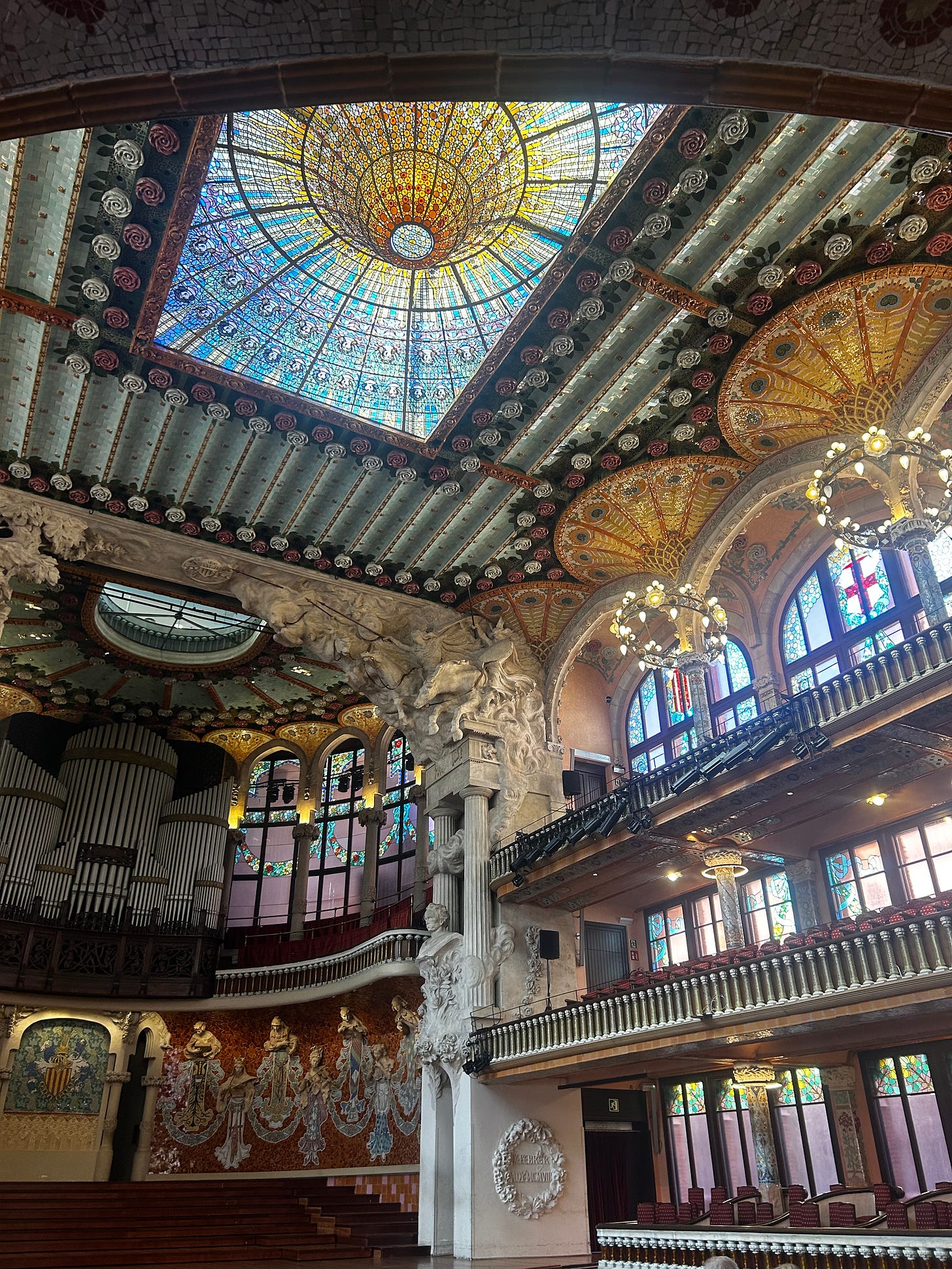
I am a photographer and i like & enjoy your photographs from Barcelona !!!!!
Tank YOU very much ! I wish you happy continuation !!!!